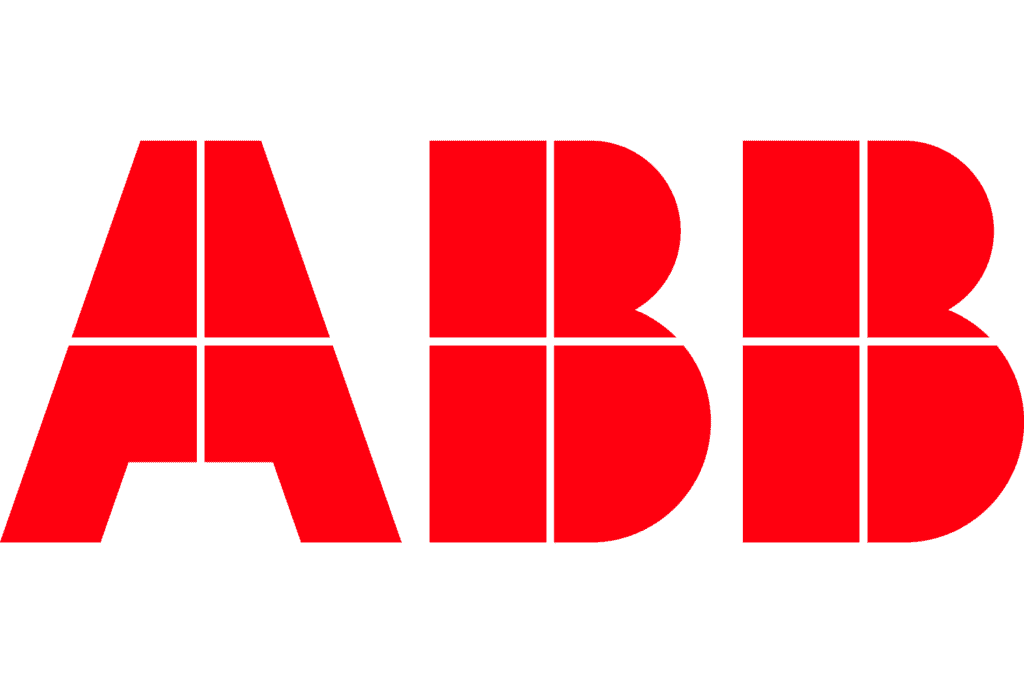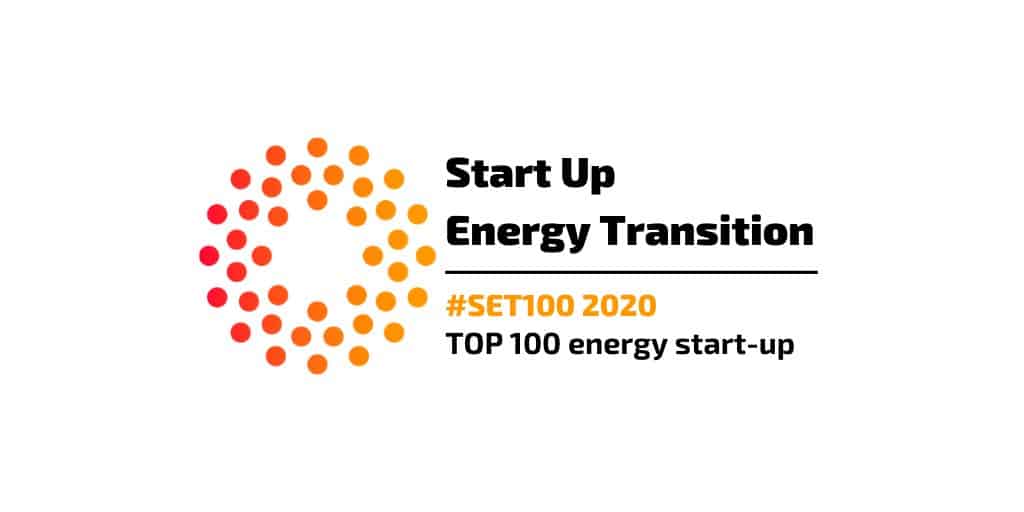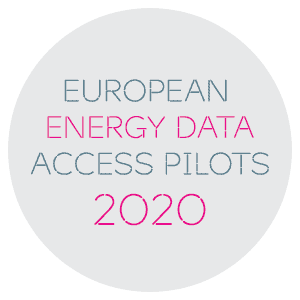Smart buildings sit at the intersection of energy, construction, industry and e-mobility, four sectors that are absolutely crucial battlegrounds in our fight for a zero-carbon future. They are all linked by a common thread: the need to implement data-driven digital transformation in order to hit those ambitious sustainability goals.
The smart buildings global market is enormous with even bigger growth potential in the coming years. It was valued at more than $36billion last year, and this is expected to increase to nearly $60 billion by 2025. Such an exponential rise is recognition of the important role smart buildings have to play in accelerating global sustainability through increased energy efficiency and electrification. A white paper published last year by ABB, a leading provider of smart building and smart home solutions, highlighted that smart energy management systems can help facility managers reduce energy consumption by up to 45%.
Connected technology
These smart energy management systems fuelled by data and driven by intelligent technology lie at the heart of smart building innovation.
They deploy a connected approach, bringing together previously disparate data streams from systems across the building on one technology platform. Through the use of complex data analytics, they are able to generate the real-time insight required to deliver a holistic view of building performance. In a time when carbon accounting against ESG targets is a priority for businesses under pressure to demonstrate green credentials, these smart energy management systems are vital in identifying energy usage patterns and trends. With that understanding in place, the technology systems then provide the digital tools to optimise performance, deliver energy savings and lower costs.
Smart energy management has moved far beyond traditional building management tools in recent years, and in fact has even now evolved beyond simple process automation. It now focusses on the integration of smart sensor networks, software and other Internet of Things (IoT) devices, all designed to stream near real-time data on building performance and energy consumption metrics. In a similar fashion to smart meters in residential homes, these intelligent connected networks leverage data to maximise efficiency in building operations while still maintaining targets around user comfort in its environment. They can, for example, monitor user activity within a building and control lighting and heating in empty rooms to lower wastage. Previously, HVAC (heating, ventilation and air conditioning) systems could be remotely controlled to turn off at specific time or temperature levels. With developments in smart building technology and greater depth of data exchange, buildings can now also integrate data streams from weather forecasting stations or utility companies to make even more accurate and proactive data-driven strategic operational decisions. Not only does this have an impact on energy efficiency of a building, but it also drives down operational costs.
Smart energy management can also offer benefits for the maintenance of a building. Much like renewable energy assets, such as wind turbine farms, data-driven insight can enable predictive maintenance. Identifying potential early faults within a building system, or indeed the connected equipment within it, before they occur can eliminate larger faults down the line, and the expensive downtime that may come with them.
Energy management technology is certainly evolving in line with the complexities of the energy networks within the smart buildings. What is interesting is that it is also playing a role in driving more widespread adoption of an Energy-as-a-Service business model within the context of smart building solutions. We are increasingly seeing external third parties delivering and managing the technology required to deliver intelligent platforms within smart buildings on a service-based subscription model without the capital expense.
Integrating with the broader smart city infrastructure
Cities are now becoming more sustainable and energy efficient through the optimisation of the infrastructure within them. Smart buildings have a role within that that is now beginning to extend far beyond operational energy saving measures.
To further cut costs, companies are now looking to generate their own power onsite through the installation of renewable energy sources (RES), such as solar panels on the roof. Largescale battery storage works in tandem with these RES and allows electricity to be stored for use during more expensive peak periods. In doing this, smart buildings are essentially becoming a distributed energy resource (DER) in their own right, integrated with the local grid and working hand-in-hand to help maintain a more reliable load balance.
Their demand response role not only offers financial benefits to the building owner; it helps to facilitate a greater supply of renewables within the wide grid, ultimately accelerating the move towards sustainable widespread electrification. Management consultants Deloitte recently described smart energy management systems as “holding the key to unlocking the potential of greater grid interactivity for industrial companies.” It is undoubtedly true that the technology-enabled integration of smart buildings, smart grids and smart cities is a vital piece of the wider energy transition puzzle.











